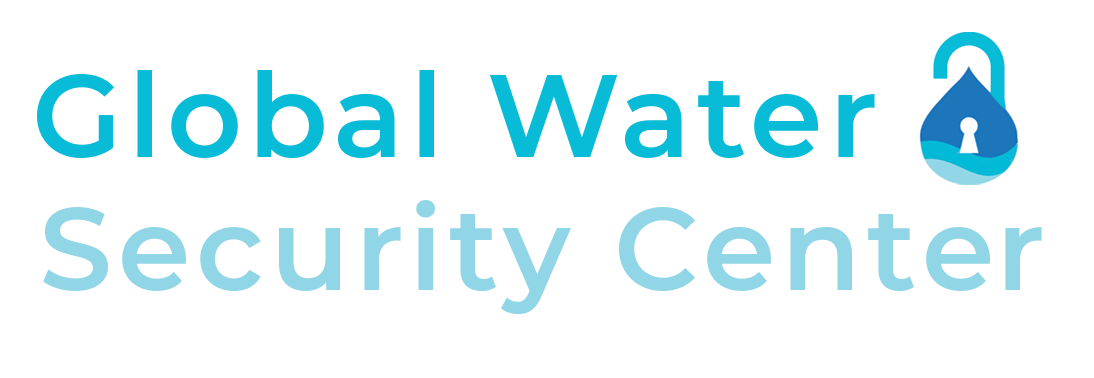This opinion article was written by Dr. Kate Brauman.
I love the AGU fall meeting. I could spend an entire week geeking out on what’s new in each one of my passions, from ecohydrology and evapotranspiration to ecosystem services, dams, global agriculture, and on and on.
After a covid break, it’s exhilarating to see the conference back at full steam and the full, dizzying world of topics and people and exhibitors (I’m still trying to get my NASA calendar…). This year most talks are 10 minutes, so it’s fast, furious, and DENSE. In truth, I like the posters a lot better, where it’s possible to spend some time understanding the scientific approach get the author’s assessment about the real insight and contribution of their work.
For all that AGU cares about connecting this science to the wider world, even having added a Science and Society section in recent years, this is a science conference. This is about my 15th annual meeting, so I know the ins and outs pretty well, and I’m overwhelmed – I can’t imagine how someone who isn’t a technical expert would even think about synthesizing and operationalizing everything there is to learn here. I’m delighted that there are science communication sessions in nearly every discipline – including “Out of the Box Plot”, the FANTSTIC Innovation session organized by graduate students that I got to be part of! It’s critical for scientists to be able to explain our work and why it matters.
But a bigger insight that these two years at GWSC have taught me is that we need dedicated synthesizers and translators. There’s too much science and data for decision maker who’s busy making decisions all day to do the work of figuring out what it all means to her specific context. That’s where boundary organizations like GWSC that do science translation come into play – even though academia especially has us convinced that we can and must do it all, it’s more than two full time jobs to do the science and interpret it for specific decision needs.
One of the areas GWSC is working to help synthesize and translate is the connection from water – droughts, floods, you name it – to instability. There’s been a ton of work on this in disciplines from both the social and biophysical sciences, though these disciplines don’t always talk, so drawing widely can be a challenge. The best work has developed subtle, integrated, feedback-filled systems diagrams to explain what’s really happening. This is critical for building understanding, but not particularly operational, especially for new places and new systems.
Penny Beames (pictured above) presented work GWSC and our partners have been doing to “unfold” complex systems into a linear framework for understanding pressure points, and intervention points, in water-driven conflict anywhere. GWSC uses this framework to understand how a water shock might ripple through a system, or how a precarious system might be destabilized by a water shock.
I’m so excited to be here at AGU. I’ll try to keep the missives up, or at least short updates. Maybe you, too, want to be immersed in this! Or maybe you’d rather GWSC be immersed and just let you know what you need to know!

